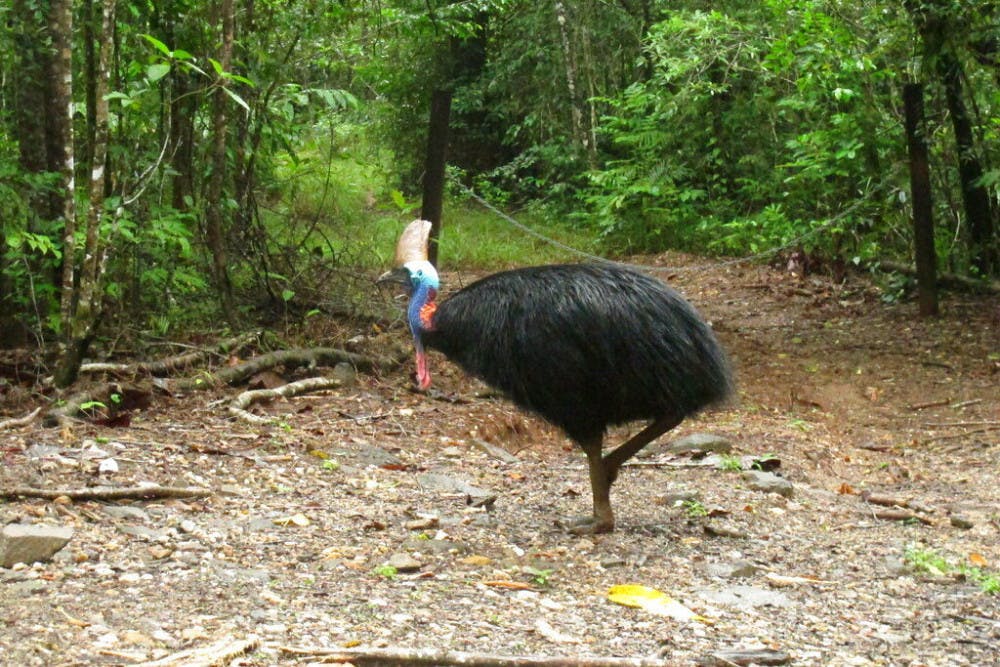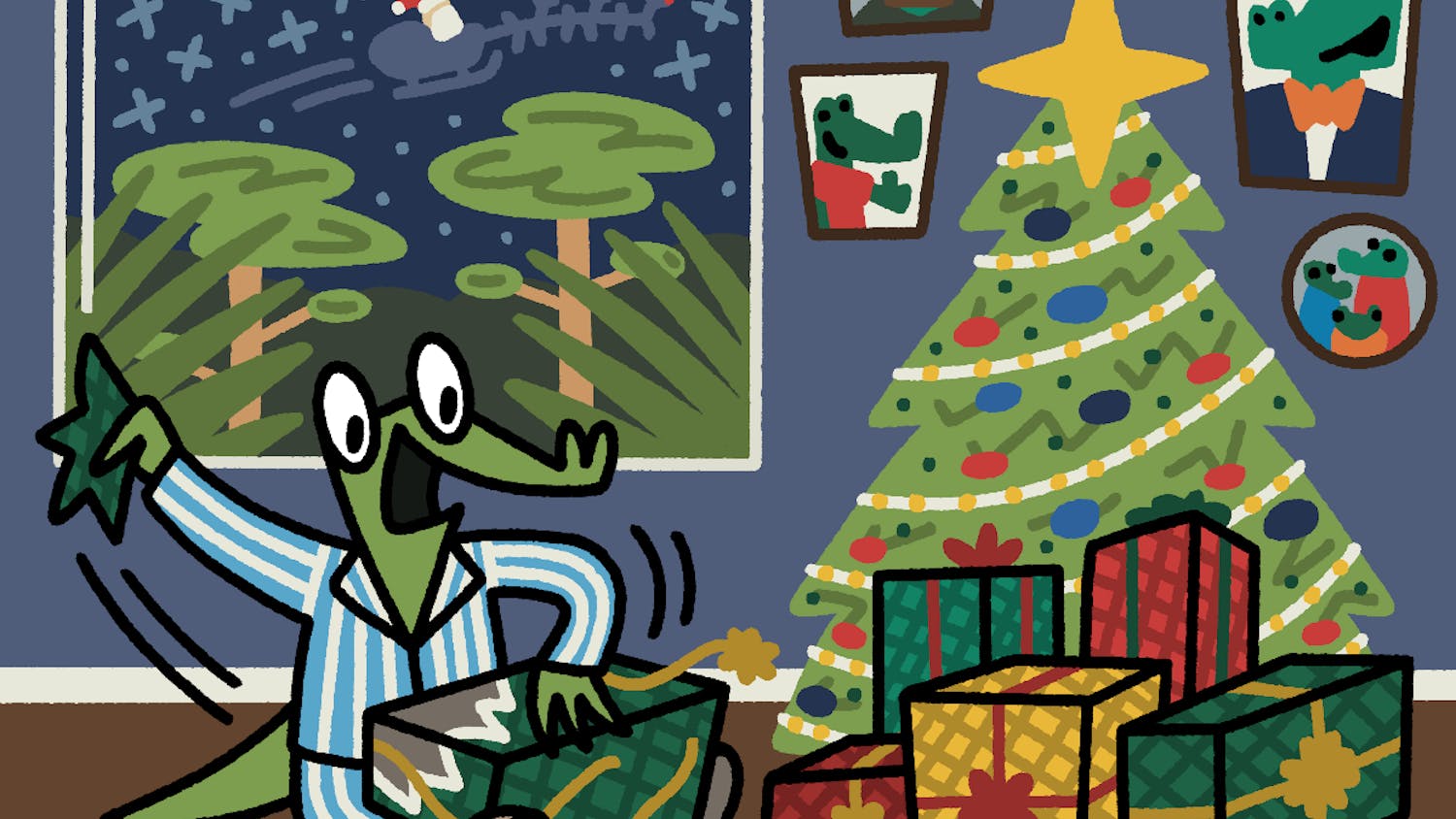New details have surfaced about the fatal attack in Alachua County earlier this year from what ornithologists describe as “the world’s most dangerous bird.”
Over four months after an Alachua man was killed by a cassowary, an autopsy report has been released with new information regarding the death. The report confirms 75-year-old Marvin Hajos’ death was caused by injuries sustained in the attack by the dinosaur-like flightless bird.
This disproves earlier medical reports stating Hajos suffered from cardiac arrest due to lacerations and blood loss.
Back in April, the event attracted international attention for its bizarre nature, becoming the first confirmed human death by cassowary in 93 years, according to Guinness World Records.
According to the autopsy report, which was performed less than 24 hours after the attack on April 12 in Alachua, Hajos suffered deep talon scratches across his neck, face, back, abdomen, thighs, legs and right arm, including damage to his brachial artery.
At the time of the accident, Hajos was breeding a variety of exotic species on his farm in rural Alachua, many of them flightless birds, such as emus, ostriches, rheas and cassowaries.
Hajos was not required to have a permit to breed the birds.
“If you are breeding the animals you do not have to have a permit. If you are exhibiting the animals or selling the animals, then you need a permit,” Florida Fish and Wildlife Conservation Commission spokeswoman Karen Parker said. “Since he was a commercial breeder… a permit for these animals was not required.”
Following the attack in April, the cassowary was sold at the Gulf Coast Livestock Auction in Madison, Florida.
Cassowaries are native to the tropics of Australia and New Guinea. The FWC identifies the bird as “Class II Wildlife,” which can “pose a danger to people.”
Ted Bridis, UF journalism professor, made a public records request for the autopsy report almost immediately after the incident in April. He said it took the medical examiner’s office four months to send him the report.
“There were questions about his previous medical conditions and to what extent that might have played a role in his death,” Bridis said. “The autopsy was a way to answer those questions.”
FILE - In this June 30, 2015, file photo, an endangered cassowary roams in the Daintree National Forest, Australia. On Friday, April 12, 2019, a cassowary, a large, flightless bird native to Australia and New Guinea, killed its owner when it attacked him after he fell on his property near Gainesville, Fla. Cassowaries are similar to emus and stand up to 6 feet (1.8 meters) tall and weigh up to 130 pounds (59 kilograms). (AP Photo/Wilson Ring, File)






